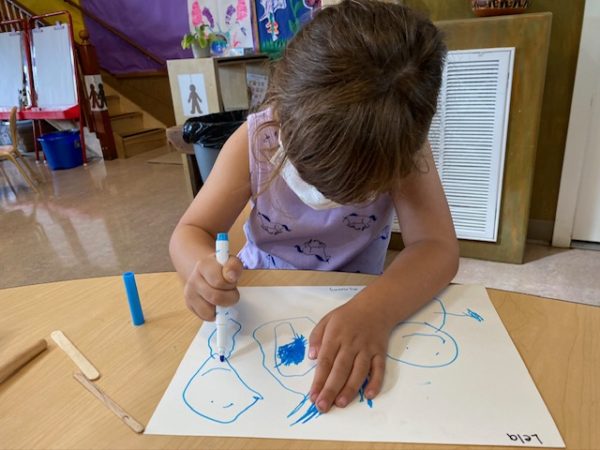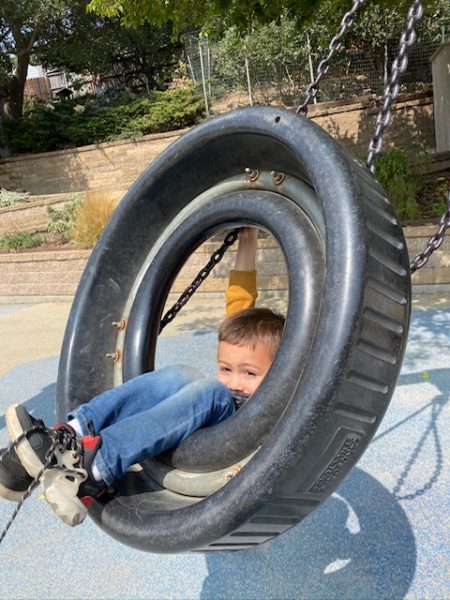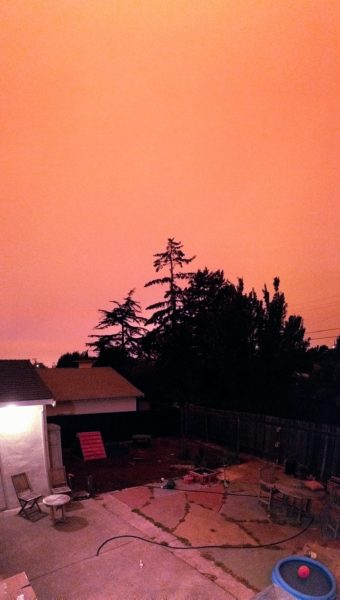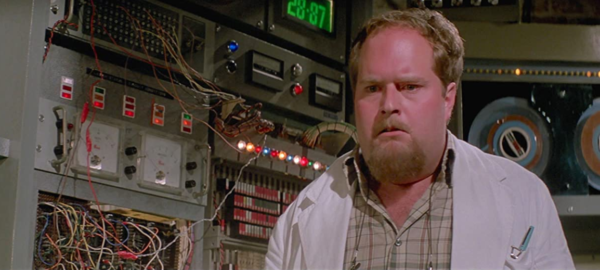A Snapshot from Kindergarten
Here, the lead teacher from Abigail’s almost-kindergarten class at Step One writes his weekly letter to families. I found this letter particularly soothing in these crazy times. Best thing, I feel comfortable posting the photos because all the kids’ identities are hidden behind masks :-) :-(
Dear Room 3 Families,
We have just completed an amazing week at school, finally getting to enjoy some much needed clean air. We want to give you a more detailed snapshot of how we spend our day.
Our morning starts with having the kids sit on the wall after they are dropped off, waiting for all our friends to arrive. Thank you for everyone arriving on time and having your kids ready with their masks on. We want to remind you of some important street safety reminders: pulling up past the bus stop, making sure you are doing any u-turns in a safe place, and remaining in your car.
When we are walking to or from school, we like to remind the kids about walking in the middle squares of the sidewalk, in order to keep them from walking too close to the curb.
Once inside we all come to the rug for circle. At circle we have been singing different good morning songs, reading books, doing movement activities, and having all class discussions. Next week some of the discussions at circle will center around how we want to be treated at school, so we can have them be part of the process of creating a positive classroom environment, where we are all being treated in a kind and respectful way.
After circle we head outside for one of our two hillside times. A popular spot has been “River Rock” where they have been showing some interests in how the water flows and what things can float and make their way downstream. There are blocks on the hillside for them to build with, the digging spot, and the fun “chicken coop” area. Next week we will change up our outside time In the morning (9:00 – 9:45), where we will be up on the hillside (Mon, Wed, and Friday) and be on the lower yard (Tues and Thursday).
Snack and lunchtime happen on our yoga mats. Thank you for supporting us in sending your child’s food in containers that they can open by themselves, helping us reduce the amount of gloves we have to use. We love our eating times, where we get to see the kids without their masks on. Some chores that come with our eating times is having the kids wipe their trays and mats after each meal. This is also a good reminder that your child is capable of helping out at home and beginning to have certain responsibilities.
After our first snack time is our inside time. This is a time where we like to have one teacher led activity and also have free exploration.
This week the kids have been working on drawing their family portraits. It has been fun for us to observe what things the kids are interested in, so we can start to see a pattern in their play that can help us develop a project to explore in our curriculum. Some things we have noticed are: a strong interest in our animals (Zemo the beta fish, Unicorn the girl cockroach, King Boss the boy cockroach, and Queenie the king snake), block building, and lego building to name a few. We are hoping by October to have a possible project to investigate.
One of our recent additions has been a monarch butterfly caterpillar that has now transitioned into a chrysalis.
After lunch we go back up on the hillside until 12:45, when we come back down to get ready for our playground time (1:00 – 1:45).
The tire swing is always popular, as well as the monkey bars.
After our outside time we go in for one more snack time before we: pack up, walk to the pick up area, and end our day. I just got exhausted from writing this and am so amazed at how well the kids do with all the transitions.
Here is our schedule for the upcoming week.
On Monday we will be having our first birthday celebration, Sahil’s 4th birthday. You first need to contact us to let us know what day you would like to celebrate your child. We will arrange to FaceTime or do some other kind of virtual chat to have you be part of our circle. A crown will be made for your child. Depending on how old your child is turning, we ask you to think of one thing for each year that they have been alive that you love about them and your child will think of that many things that they can do now that they couldn’t do when they were a baby. We will light candles (with an extra candle being the wishing candle) and ask them if they want cha chas or no cha chas when we sing happy birthday. We do not have any birthday treats as part of the circle but just want to focus on the child.
On Monday we will be having a special snack in celebration of Rosh Hashanah. If your family has special traditions that you celebrate, please contact us to find out how we can share those traditions with the class.
Please work on your family collage. We will be putting them together into a book for the kids to enjoy and share with their peers.
We hope you have a wonderful weekend and look forward to seeing everyone on Monday.
Peace,
Steve, Christina, and Robyn

















